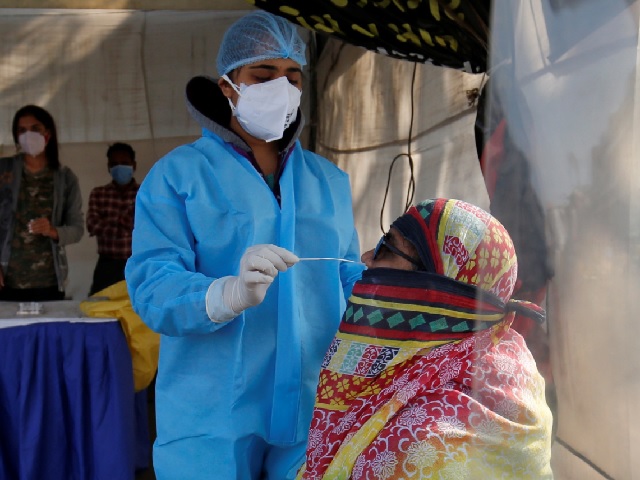
A scientist involved in the mathematical modeling of the COVID-19 pandemic said on August 30, 2021, that India may see a third wave of the pandemic peaking between October and November.
The increase in COVID-19 cases will come, if a more virulent mutant than the existing ones emerges by September 2021, however, its intensity is expected to be much lower than the second wave.
An IIT-Kanpur scientist, Mahindra Aggarwal, who is a part of the three member-team of experts that have been asked with predicting any surge in COVID-19 infections, informed that if no new virulent emerges, then the situation is very unlikely to change.
If the COVID-19 third wave peaks, India may see only 1 lakh daily cases as against more than 4 lakh cases when the deadly second wave of the pandemic was at its peak in May 2021. The second wave in the country had killed thousands and had infected several lakhs.
Why third wave of COVID-19 can be less infectious?Mahindra Aggarwal in a tweet explained that the Status Quo is when no new mutant comes and New variant is when 50% more infectious mutant comes by September 2021. As one can see, the only scenario with some resemblance of the third wave is New Variant one for epsilon= 1/33. In this scenario, new cases of infections rise to 1 lakh per day. In July 2021, the model had suggested that the third wave can peak between October and November and that the daily cases of COVID-19 can shoot between 1.5 lakh to 2 lakh every day if a more virulent mutant of SARS-CoV-2 drives fresh infections. But, no mutant that was more infectious than the Delta, which led to the increase in infections during the third wave, emerged. Last week’s forecast was also the same, but only the range of daily cases has been brought down to 1-1.5 lakh in the latest one. With the fresh data, the daily COVID-19 infections are further expected to drop in the range of lakh. |
Vaccination playing a key role
According to Mahindra Aggarwal, the fresh data comprising the vaccinations that have taken place in July and August 2021, the serosurveys that provided insights about the anti-bodies were factored in while assuming the upcoming scenarios.
As per the study by the Institute of Mathematical Sciences, the R or the Reproductive Value of the COVID-19 pandemic was 0.89. It is required that the R-Value is under one that can help arrest the spread of the infection.
COVID-19 vaccination has been the biggest weapon worldwide to combat the infection. In India 63 crore covid-19 doses have already been administered.
50% adults administered with at least one dose of vaccine:
The Union Health Minister Mansukh Mandaviya had informed that 50% of eligible adults in India have received at least one dose of the COVID-19 vaccine.
Understanding the role of vaccines in combating the COVID-19 infection, the Union Minister applauded the achievement which will help in fighting the upcoming variants of COVID-19 in the country.

